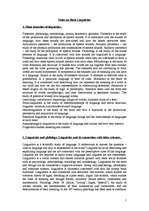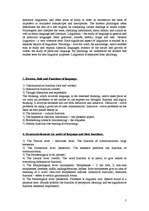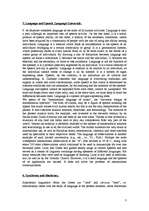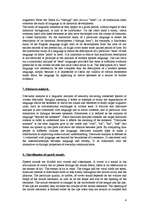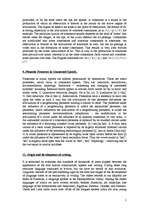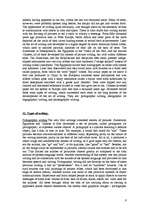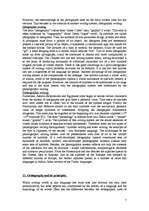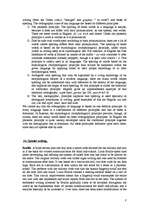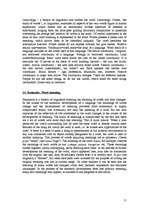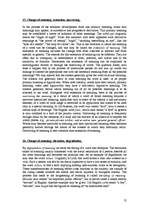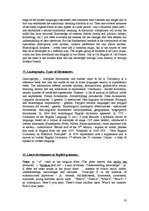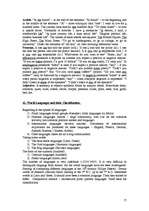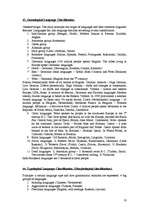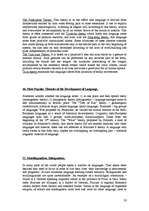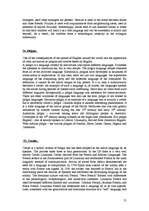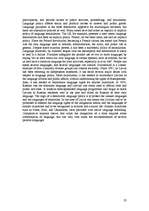-
Notes on Basic Linguistics
Phonetics, phonology, morphology, syntax, semantics, grammar. Phonetics is the study of the production and perception of speech sounds. It is concerned with the sounds of language, how these sounds are articulated and how the hearer perceives them. Articulatory phonetics – the production of speech sounds. Acoustic phonetics – the study of the physical production and transmission of speech sounds. Auditory phonetics – the study of the perception of speech sounds. Phonology is the study of the sound patterns of language. It is concerned with how sounds are organized in a language. Phonology examines what occurs to speech sounds when they are combined to form a word and how these speech sounds interact with each other. Morphology is the study of word formation and structure. It studies how words are put together from their smaller parts and the rules governing this process. The elements that are combining to form words are called morphemes. A morpheme is the smallest unit of meaning you can have in a language. Syntax is the study of sentence structure. It attempts to describe what is grammatical in a particular language in term of rules. Semantics is the study of meaning. It is concerned with describing how we represent the meaning of a word in our mind and how we use this representation in constructing sentences. Semantics is based largely on the study of logic in philosophy. Grammar deals with the form and structure of words (morphology), and their interrelation in sentences (syntax). The study of grammar reveals how language works.
Lexicology (vocabulary), etymology (origin of words), stylistics (style of a text).
Socio-linguistics is the study of interrelationships of language and social structure, linguistic variation, and attitudes toward language.
Neurolinguistics is the study of the brain and how it functions in the production, perception and acquisition of language.
Historical linguistics is the study of language change and the relationships of languages to each other.
Anthropological linguistics is the study of language and culture and how they interact.
Pragmatics studies meaning and context.…
Notes on basic Linguistics - from lectures on linguistics. Theory included in the exam questions. Konspekts no lekcijām: Lingvistikas pamati.

